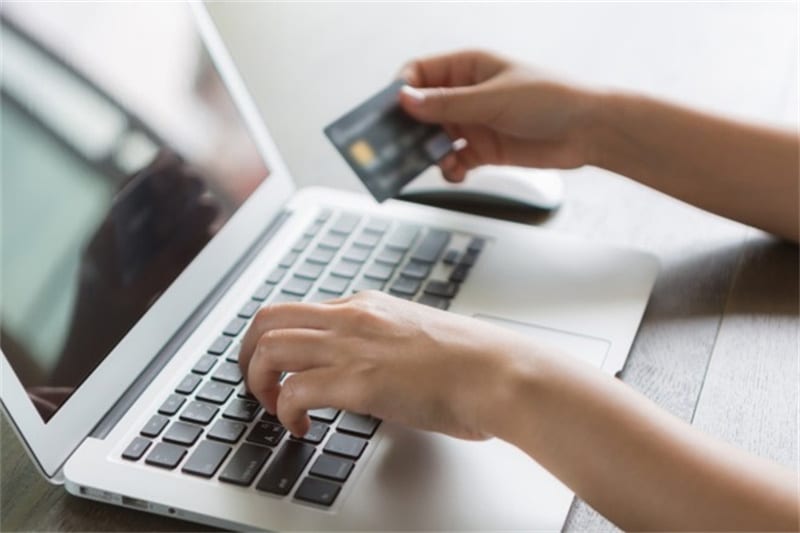Most people think they are safe when browsing the web because they have a firewall and anti-virus software installed on their computers. Unfortunately, this is not always enough to protect you from online threats.
This blog post will discuss how to protect yourself online thoroughly and keep your computer and personal information safe.
1. Use A Password Manager And Multifactor Authentication For Your Online Accounts

Strong passwords will always be one of your best lines of defense against hackers, but even the strongest password is vulnerable if it falls into the wrong hands. That’s why you should use a password manager, which is software that helps you generate, store, and manage your passwords.
A password manager can help you create strong, unique passwords for all of your online accounts and store them in a secure, encrypted database. That way, you only need to remember a single master password to access your entire password collection.
In addition to using a password manager, you should also enable multifactor authentication (MFA) whenever possible. MFA adds an extra layer of security by requiring you to provide two or more pieces of evidence to verify your identity.
So, if a hacker somehow manages to obtain your password, they would still be unable to access your account unless they also had access to your physical device or knew your biometric information.
With a password manager and MFA in place, you can rest assured that your online accounts are much better protected against hackers and other cyber threats.
2. Try End-To-End Encryption When Sharing Sensitive Data
End-to-end encryption (E2EE) is a type of encryption that allows only the sender and the intended recipient to access the information being shared.
When you send a message using an E2EE system, it is encrypted on your device before it’s sent. The recipient’s device then decrypts the message. This means that even if a third party intercepts the message, they would only see gibberish and couldn’t make sense of it.
E2EE is an effective way to protect sensitive data, such as financial information or confidential business documents. For example, if you’re sending an email with sensitive information, you can enable E2EE to prevent anyone other than the intended recipient from reading the contents of the email.
3. Avoid Using Unsecured Public Wi-Fi To Do Your Online Banking

Online banking is a convenient way to manage your finances, but it’s important to be aware of the security risks involved. One of the biggest dangers is using an unsecured public Wi-Fi network to access your account.
When you connect to a public Wi-Fi network, you’re essentially putting your personal information and banking details out there for anyone to see. Hackers can easily set up fake Wi-Fi networks, which may look legitimate, but are just a way to steal your data.
So, what can you do to protect yourself? The best solution is to avoid using public Wi-Fi for online banking altogether. If you absolutely need to use a public Wi-Fi network, ensure you connect to a secure network and that your device’s firewall is turned on. Also avoid entering sensitive information, like banking login details, while connected to a public Wi-Fi network.
By taking these simple precautions, you can help ensure that your online banking experience is a safe and secure one.
4. Consider Freezing Your Credit To Control Your Online Banking Accounts
Identity theft has become a major issue in recent years because thieves have more opportunities to steal our personal information as we do more banking and shopping online. They may then use the stolen information to take credit in our name, run up huge bills, and ruin our credit rating.
One way to help protect against identity theft is to “freeze” your credit — restricting your credit report so that no one can access it without your permission. This can be an effective way to prevent thieves from opening new accounts in your name, as they won’t be able to access your credit report.
Never share personal information like phone numbers, home addresses, or email addresses on social media. The same goes for your date of birth and mother’s maiden name — this information can be used to verify your identity, so it’s best to keep it to yourself.
Avoid posting photos with personal information, like your driver’s license or passport, is also a good idea. If these photos are hacked or stolen, the thieves will have all the information they need to steal your identity.
Finally, be careful about the financial information you share on social media. Posting photos of your new car or bragging about your recent vacation can make you a target for thieves. It’s best to keep this information to yourself, or at least share it only with close family and friends who you know you can trust.
6. Update Your Software Regularly To Stay Safe While Online Banking

One of the best ways to protect your online accounts is to ensure your computer’s software is up to date. This includes your operating system, web browser, antivirus software, and any other programs you use.
Hackers are constantly finding new ways to exploit security vulnerabilities, so it’s best to have the latest security updates installed on your computer.
Conclusion
You can protect yourself online by taking simple precautions, like using a secure Wi-Fi network and freezing your credit. It’s also important to be careful about the information you share on social media.
Finally, make sure your computer’s software is always up to date. These measures can help ensure that your online experience is safe and secure.
